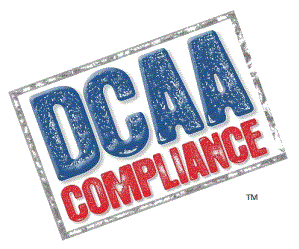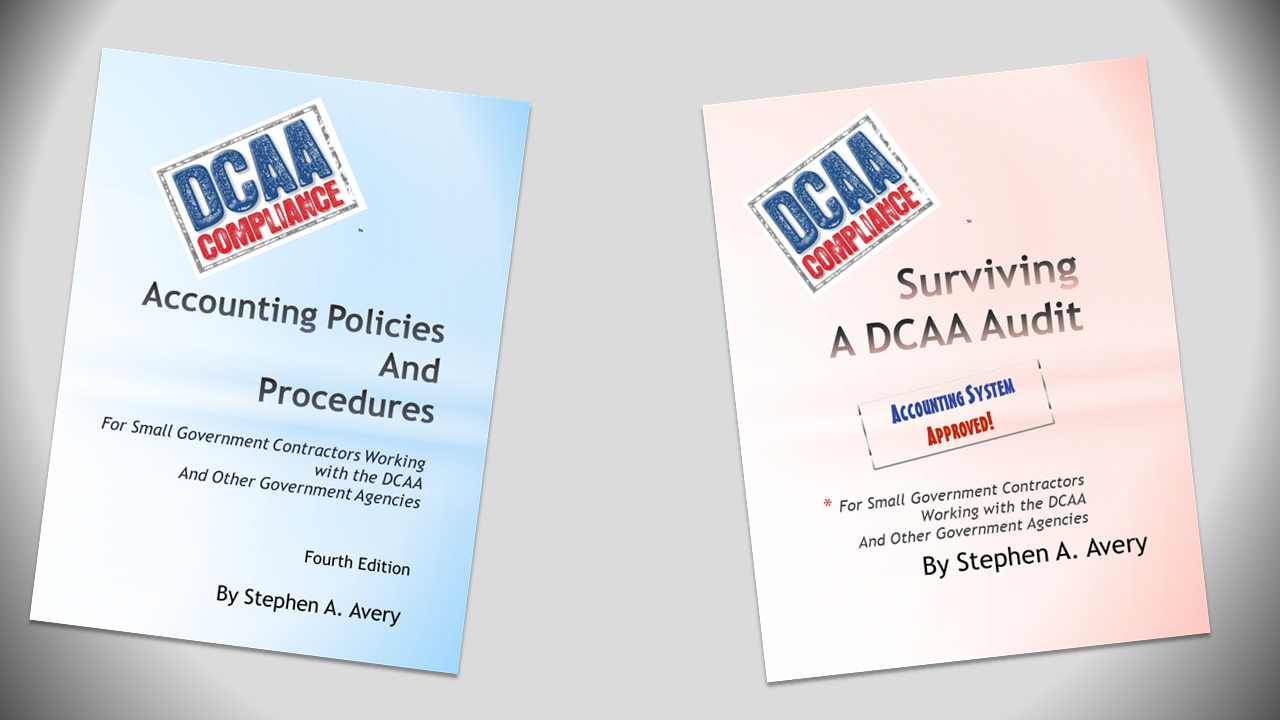We are going to spend some time on a recent Armed Services Board of Contract Appeals (ASBCA) Technology Systems, Inc. (ASBCA 59577). The case addresses several government contracting concerns and breaks almost evenly between favoring the contractor and favoring the government (DCAA). The ruling is sixty-one pages and mainly focuses on if DCAA can subsequently change their mind (in this case the answer was yes with a dissenting opinion)
A quick reminder that I am not an attorney and this article represents my thoughts and is not a legal opinion of any sort. It is interesting to note that the owner of Technology Systems was not an attorney either but represented himself and managed to beat the government in several key areas. I stand in admiration but not a practice I would recommend.
The case covers at least nine areas in my mind worth a few moments discussion:
- Supporting Material Overhead rate
- DCAA Auditor independence
- DCAA’s right to change their mind in subsequent audits
- Tax vs. Book on depreciation issues
- Bonuses
- Accrued Costs crossing fiscal year
- Unapproved subcontractors
- An excellent example of DCAA properly developing findings.
- Documenting consultants work product
I am going to start with number 7 – “Unapproved subcontractors”. The relevant section of the FAR 52.244-2 “Subcontracts”. This one the government won and I will let the decision speak for itself and then add a few of my thoughts:
The “Subcontracts” clause, included in all four contracts, generally requires that prime contractors that do not have an approved purchasing system must obtain the CO’s written consent to enter into cost-reimbursement, time-and-materials or labor-hour subcontracts. FAR 52.244-2( d)(l) (1988, 1998). TSI did not have an approved purchasing system (which is not atypical for a contractor of its size (tr. 2/55, 65)) and, as a result, was required by the contract to obtain approval to enter into subcontracts from the CO (tr. 2/55). This, it did not do for the time-and-materials subcontracts questioned by the ACO (R4, tab 16 at 261-62, tab 6(a) at 79-80; tr. 1/130-31, 2/58). Mr. Fletcher testified on TSI’s behalf that it generally did not seek pre-approval for its actions because it had found it difficult to contact the ACO (tr. 2/135-36).
After DCAA identified the subcontracts that had not received prior approval and recommended their complete disapproval, ACO Cuellar requested that it attempt a post hoc justification of their prices (tr. 11250-51, 271 ). She allowed the cost for one of the questioned subcontracts because DCAA was able to perform an analysis that demonstrated the prices to be fair and reasonable (id., tr. 1/269). For the others, however, DCAA and the ACO felt themselves unable to perform such a post hoc justification of the costs with the information provided (tr. 11271-73 ). These costs were in the amount of $2,661 under contract 0236 (R4, tab 16 at 261) and $28,568 under contract 0340 (id. at 262).
In December 2008, after it became clear that approval of subcontracting costs would be an issue in the audit, Mr. Benton reached out to DCMA ACO, then, Ms. Sandee Murray, and requested retroactive approval of some the subcontract awards (R4, tab 6(f)). There was no apparent government response to this letter, and, in 2014, Mr. Benton reached out to a number of people seeking support for the subcontract costs. The record includes emails from Mr. Timothy Devin, Mr. Adam Cascioli (project officer for contract 0340), and Mr. Brian Almquist (the contracting officer’s technical representative (COTR)) (app. supp. R4, tab 156, at 3-4, tab 157 at 1-2). All of these email correspondences indicate that the subcontracts “were in support of the [statement of work]” (e.g., app. supp. R4, tab 157 at 1), but none of them venture to provide an opinion regarding the reasonableness of the prices charged (see tr. 2/51-52). We have no reason to doubt that the subcontract prices were allocable to the contract, and so find here, but there is no evidence elsewhere in the record with respect to the reasonableness of the subcontract charges, except the earlier statement that the ACO was able to independently confirm the reasonableness of the cost of one subcontract (tr. 11269).
It appears that both DCMA and DCAA worked with the contractor to approve these costs by working on a retroactive approval of the subcontractors, with some success. The efforts stalled where they were unable to determine the pricing was fair. Of course if the contractor had built a pricing case before entering into the subcontract, this might have worked.
Often we can argue and win cost arguments with DCAA based on the ability to clearly demonstrate the work was done (and we will see examples of this later in this same case). These efforts fail in the face of a specific contractual or FAR requirement. You will notice the FAR even bends over backwards and allows the ACO to specifically exempt identified subcontracts from this clause; however, barring this, the clause stands and the approval is needed.
Other lessons:
- There is a bit of a break for fixed price subcontracts if they are under the simplified acquisition threshold (I believe the current number is $150,000 but it changes) or 5% of the total estimated price of the contract. I encourage clients to utilize fixed price subcontracts where possible but to always build a price case.
- It has to be the ACO that the contractor notifies, not the government program officer, not the branch or agency contracting officer (unless this person is the ACO). In my experience, I have always found DCMA accessible.
- Most small business contractors have not been around long enough to remember the days when small business subcontracting regulatory environment allowed for the exploitation of small business members by major contractors acting as subcontractors. Much of the current regulation arose out of those issues. In addition, the government want to make sure the pricing is fair. Build a price case. To simplify what can be a bit of a complicated process: get three bids, or create a white paper showing why the subcontractor is the only available resource, or create a white paper supporting the subcontractor’s pricing.


2 thoughts on “Unapproved Subcontractors — Recent ASBCA Ruling”
Comments are closed.